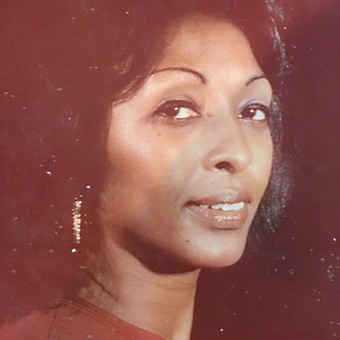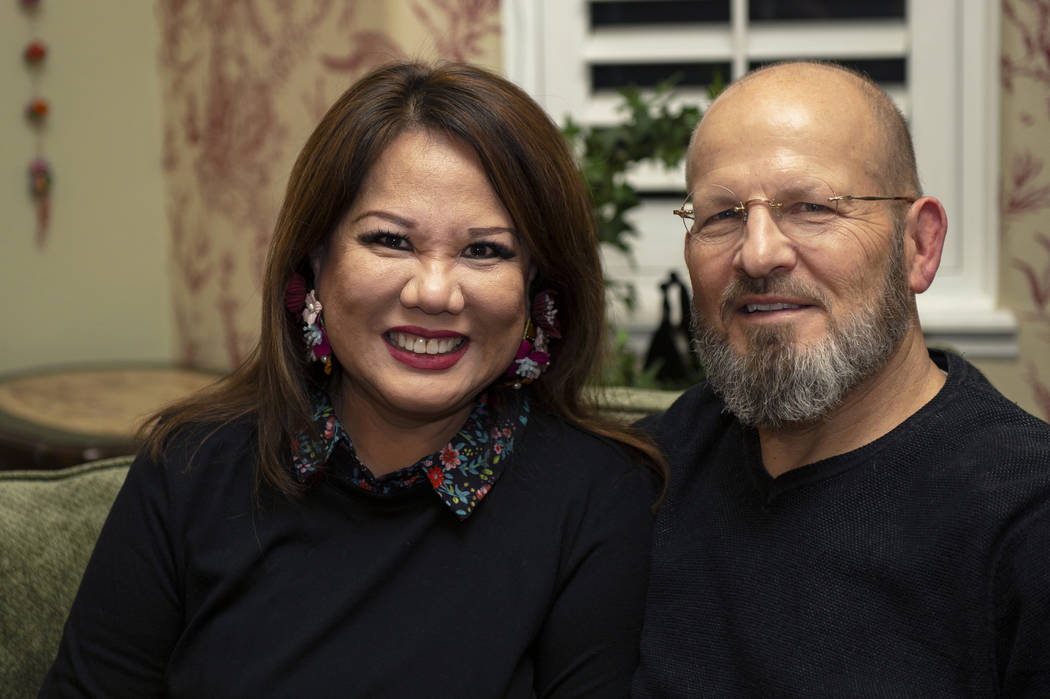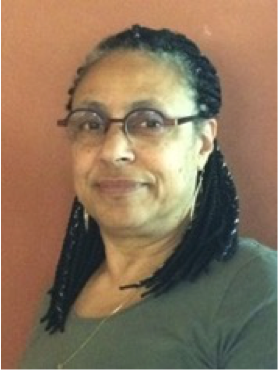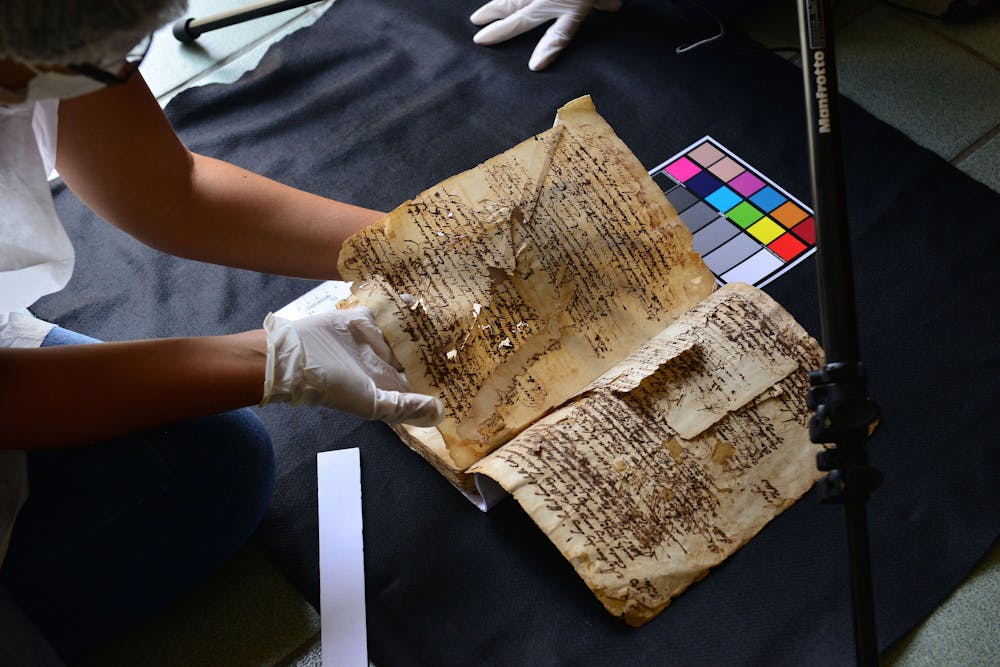Charla Huber: Every Indigenous person is Indigenous enoughPosted in Articles, Canada, Identity Development/Psychology, Media Archive, Native Americans/First Nation on 2018-12-31 03:27Z by Steven |
Charla Huber: Every Indigenous person is Indigenous enough
The Times Colonist
Victoria, British Columbia, Canada
2018-12-30
Charla Huber, Communications and Indigenous Relations
M’akola Group of Societies
 Devan Cronshaw, left, Riley McKenzie and Alita Tocher are all urban Indigenous people in the capital region. Photograph By Charla Huber, Times Colonist |
So often, we hear the words reconciliation and decolonization, and lately I have been wondering if people really understand their meanings. The more I read, learn and listen, the more important these words become to me.
I am a product of the Sixties Scoop and was adopted and raised by a non-Indigenous family. Being adopted and having no knowledge of or connection to my birth family growing up, I really held onto being Indigenous. It was the only thing that I ever knew about myself for sure.
Because I wasn’t raised in Indigenous culture, I have often wondered if I am Indigenous enough. This is especially heightened because I am half. I am very open about my heritage and my adoption, but I do struggle saying: “My family is from Fort Chipewyan and I have Inuit roots.” I’ve never set foot on my ancestors’ traditional territory…
Read the entire article here.


/2/m_ddsmx_22_2_56_cover.png?Expires=1546224881&Signature=A4IXMBD75hQ8HVv27RPi~9vuB6wvl3yW8b-y2bFd4aff5W4ozmQI8oaqw5zYJCvQ8nQBwPgbSt4xpg8y6leKQ1FmH80CvMK2WnwsILVDOveCDPxn9qxG8iZH9GluBp3MdSfUNmDLw~tnUB9ziQy~WEen6WX~Db1BoEfZxW1H6DGjh~27HzMXEArre2mTNQ5ne6~maeCzEmxoPc8QYvL5ylC4h0VG61SRXb6B-KGLEEgXQXSwvHJpRmZzRaGMcDJdmJPg1uAPg9v9No7yqYG9FX-SgW5fEj9wxbKl~XHO29~R5PU6JnFs~eI2UL9~EC499jx5cWCfGsNj1uQUROuAYQ__&Key-Pair-Id=APKAIE5G5CRDK6RD3PGA)



